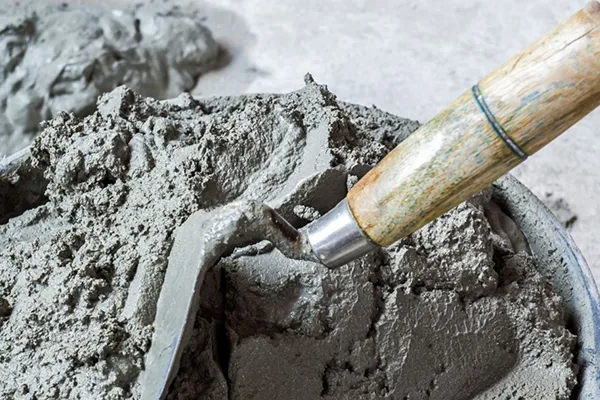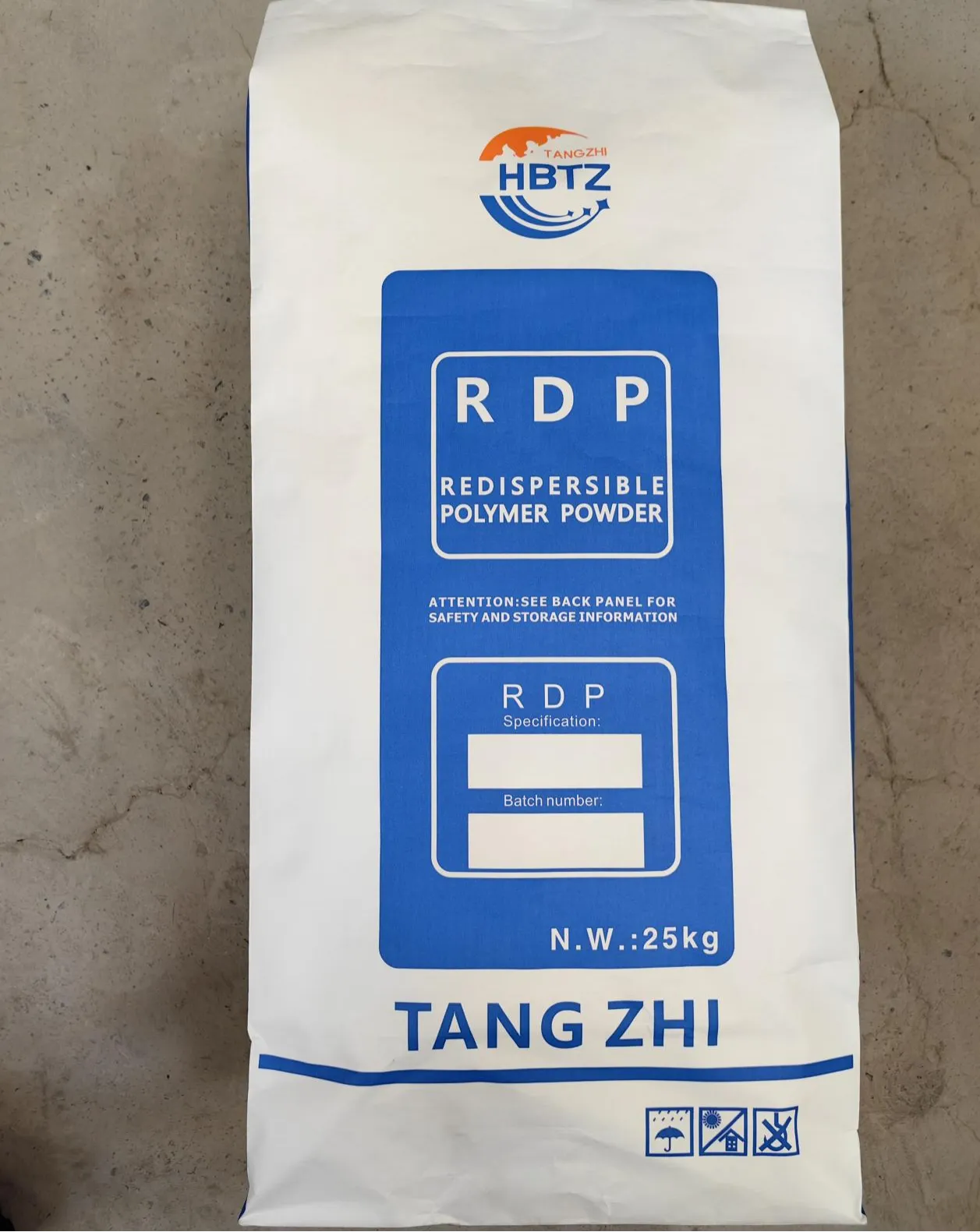
Market Trend and Application Prospect of Red Ispersible Polymer Powder
Redispersible Polymer Powder (RDP) is an essential additive in modern construction materials, enabling enhanced flexibility, adhesion, and durability. As the demand for high-performance building products grows globally, understanding the redispersible polymer powder types, applications, and market dynamics becomes crucial for manufacturers, suppliers, and construction professionals.

This article explores RDP’s role in construction, highlights its growing market share, and provides insights into sourcing from reliable redispersible latex powder suppliers.
Exploring Redispersible Polymer Powder Types and Properties
RDP is produced by spray-drying water-based polymer dispersions, resulting in a free-flowing powder that can easily re-disperse in water. Among the various redispersible polymer powder types, the most common is VAE powder (vinyl acetate ethylene copolymer). This type of RDP is highly valued for its excellent flexibility, water resistance, and compatibility with cement-based formulations.

VAE Redispersible Powder
VAE RDP is widely used in tile adhesives, self-leveling compounds, and wall putty due to its ability to improve bonding strength and reduce cracking.
The powder enhances flexibility and workability, making it ideal for applications requiring high deformation resistance.
HS Code and Pricing
For importers and exporters, knowing the redispersible polymer powder HS code (3905.91.90 for most VAE-based RDPs) is critical for customs clearance and tax calculations.
Các redispersible polymer powder price varies based on grade, quantity, and global supply chain factors. Prices are influenced by raw material costs and regional demand trends.
The global redispersible polymer powder market share is expanding rapidly as more regions adopt RDP-modified mortars for sustainable and long-lasting construction solutions.
Applications and Sourcing of Redispersible Polymer Powder
- Applications of Redispersible Polymer Powder
RDP is a key ingredient in dry-mix mortar products for both residential and commercial construction. The applications of redispersible polymer powderinclude:
Tile adhesives: Enhances adhesion to various substrates and improves water resistance.
Exterior Insulation Finishing Systems (EIFS): Provides flexibility and crack resistance in thermal insulation systems.
Self-leveling compounds: Improves flow properties and surface strength.
Wall putty and skim coats: Enhances smoothness, workability, and resistance to shrinkage.
By modifying the mechanical properties of cementitious systems, RDP enables the creation of high-quality, durable, and eco-friendly building materials.
- Sourcing from Suppliers
Finding reputable redispersible latex powder suppliersis essential for businesses seeking consistent quality and competitive pricing. Whether you’re procuring VAE redispersible powderfor tile adhesives or EIFS, choosing suppliers with strict quality control ensures product performance in end applications.
As global demand rises, more manufacturers are entering the market, driving innovation and competition in RDP production.
Five FAQs About Redispersible Polymer Powder
What are the main types of redispersible polymer powder?
The most common types include vinyl acetate ethylene (VAE), vinyl acetate-vinyl versatate (VA/VeoVa), and styrene-butadiene RDP, each designed for specific applications.
What is VAE RDP used for?
VAE RDPis widely used in tile adhesives, wall putty, self-leveling mortars, and EIFS for improving adhesion, flexibility, and crack resistance.
What is the HS code for redispersible polymer powder?
The typical redispersible polymer powder HS codeis 3905.91.90, used for customs classification and trade purposes.
How is the redispersible polymer powder market share growing?
The global market for RDP is expanding due to increased demand for eco-friendly, high-performance construction materials in emerging economies.
Where can I find reliable redispersible latex powder suppliers?
Look for suppliers with strong quality control systems and competitive pricing, particularly those in China, which is a leading hub for RDP production.
Alternate Titles
Redispersible Polymer Powder: A Game-Changer in Construction Materials
Understanding RDP: Types, Applications, and Market Trends
VAE Redispersible Powder and Its Role in Modern Mortars
Sourcing Redispersible Polymer Powder: A Guide for Buyers
The Rising Demand for RDP in the Global Construction Industry
-
Hydroxypropyl Starch as a Sustainable Construction AdditiveNewsNov.24,2025
-
The Gelation Properties of CMCNewsNov.21,2025
-
Redispersible Latex Powder and Water Retention CapacityNewsNov.21,2025
-
Dosage Control for Polycarboxylate Water ReducerNewsNov.21,2025
-
Film-Forming Properties of Polyvinyl AlcoholNewsNov.21,2025
-
The Function of Gypsum Additives in MortarNewsNov.21,2025





















